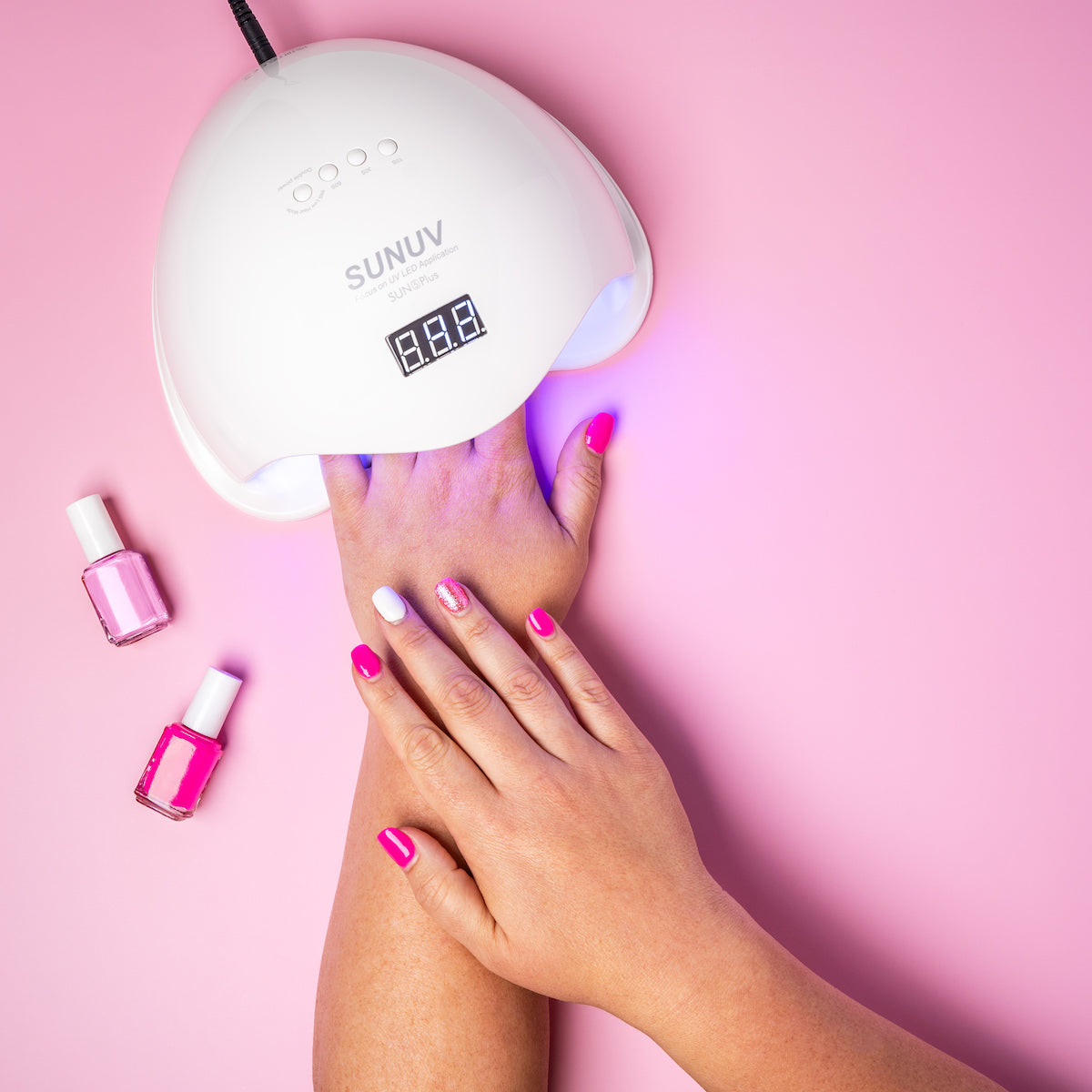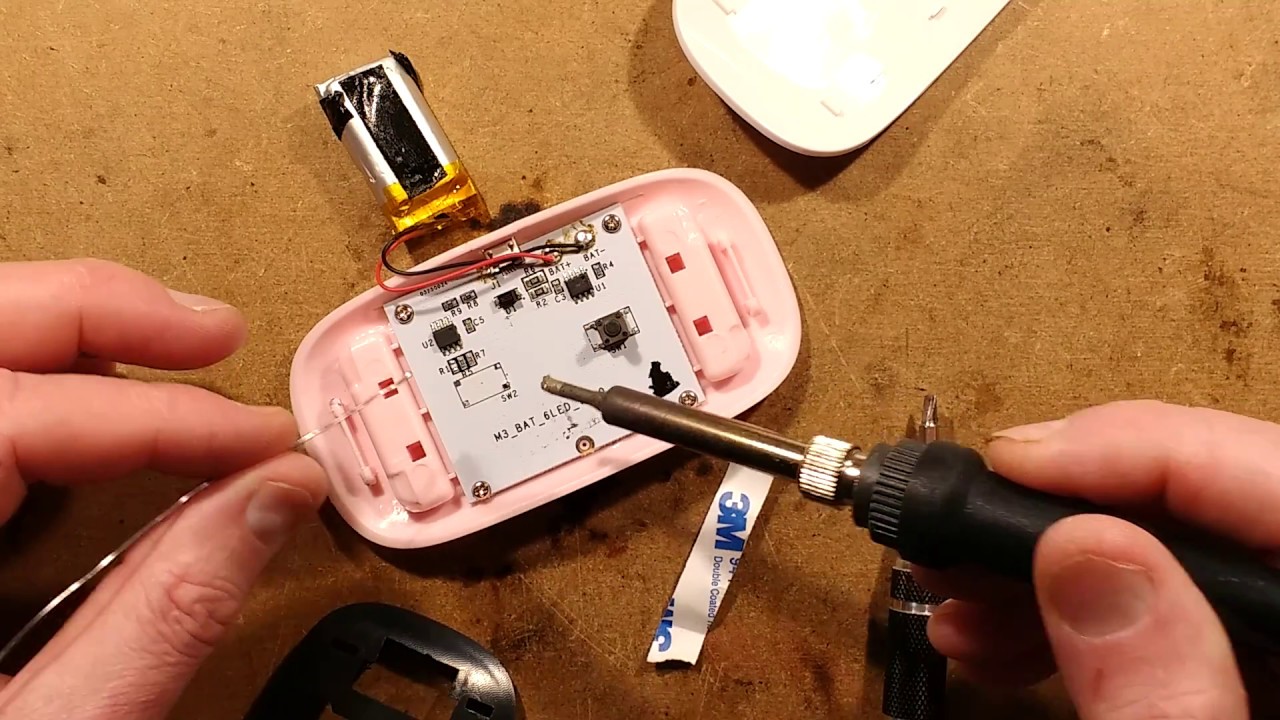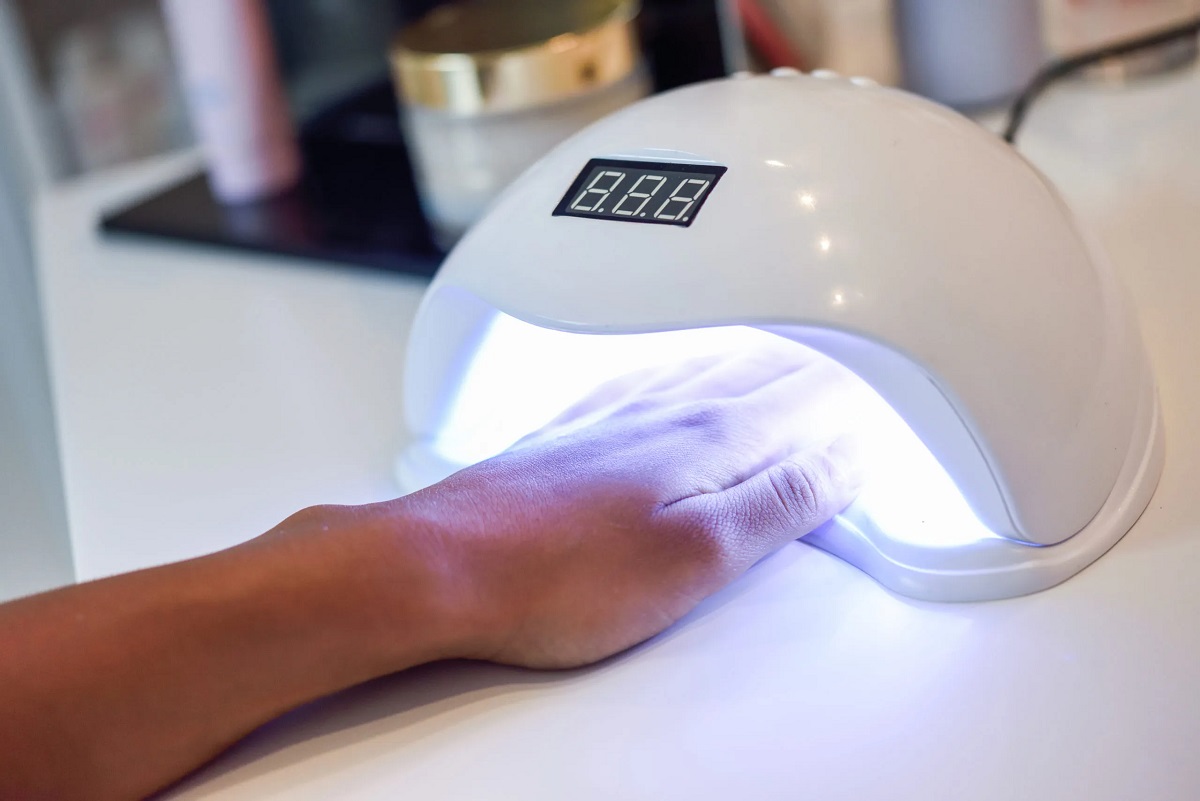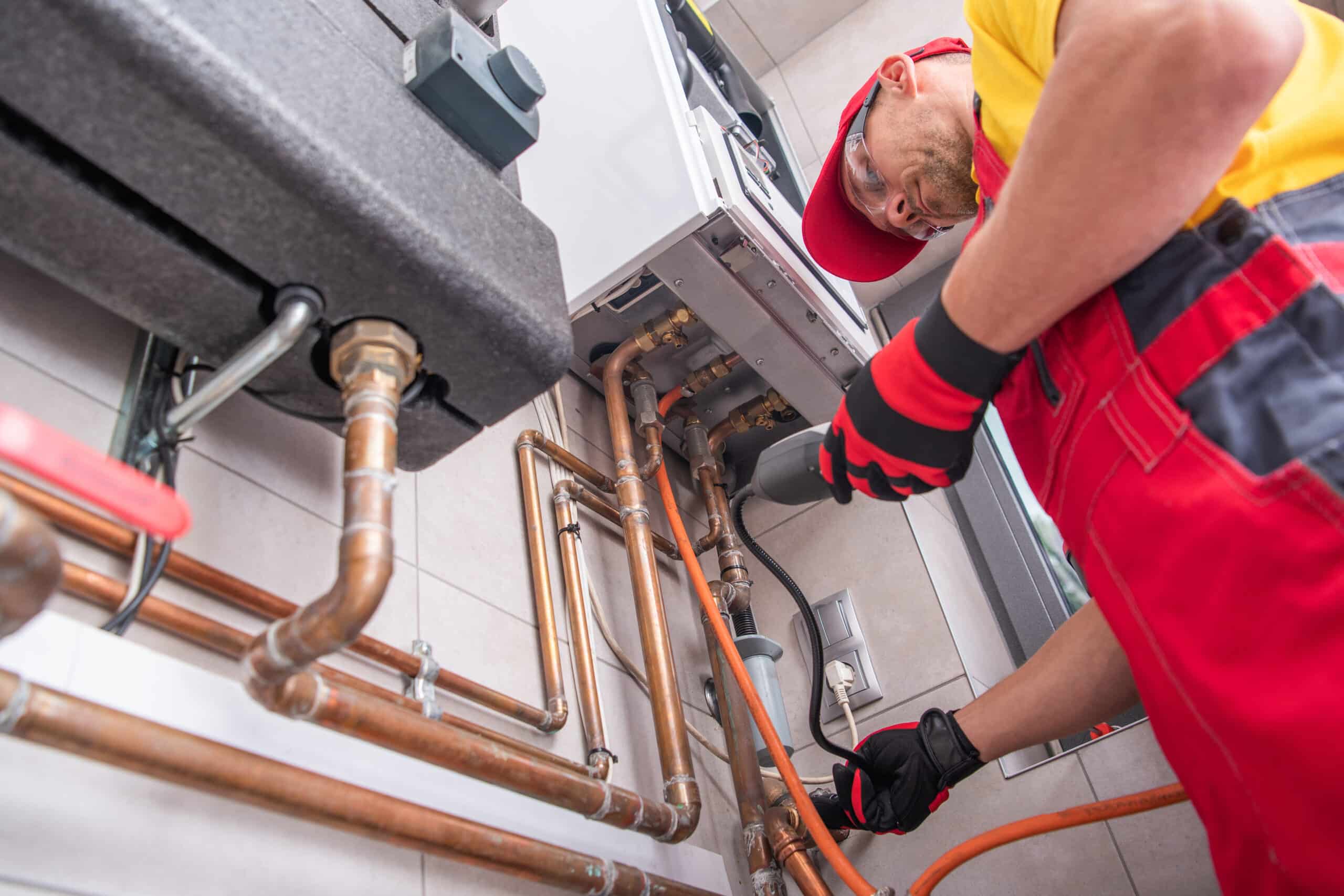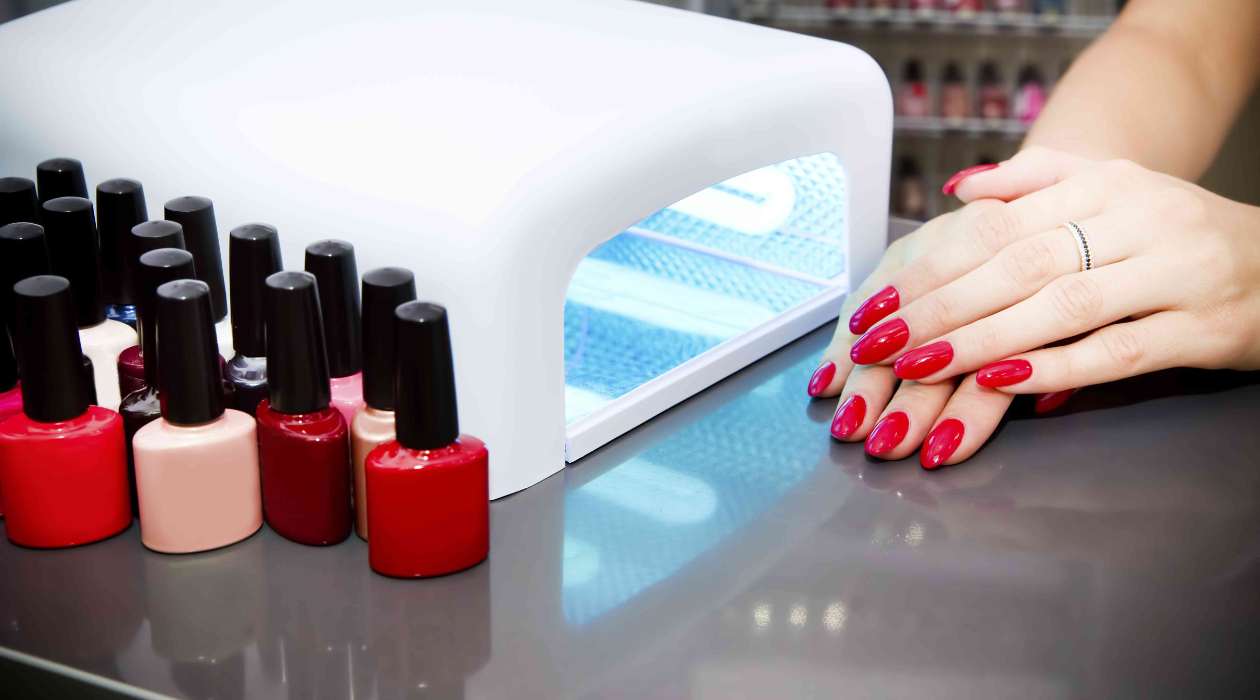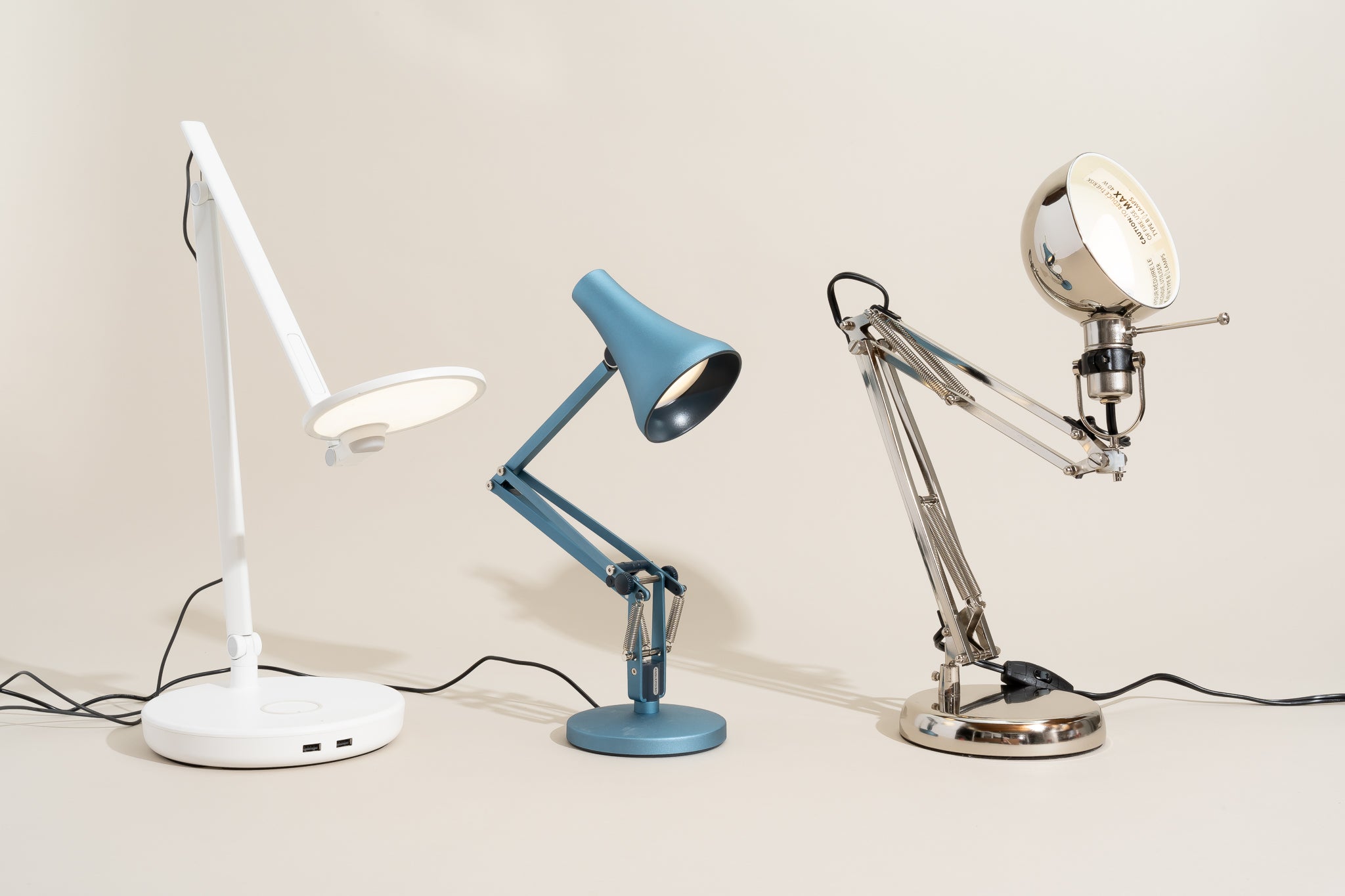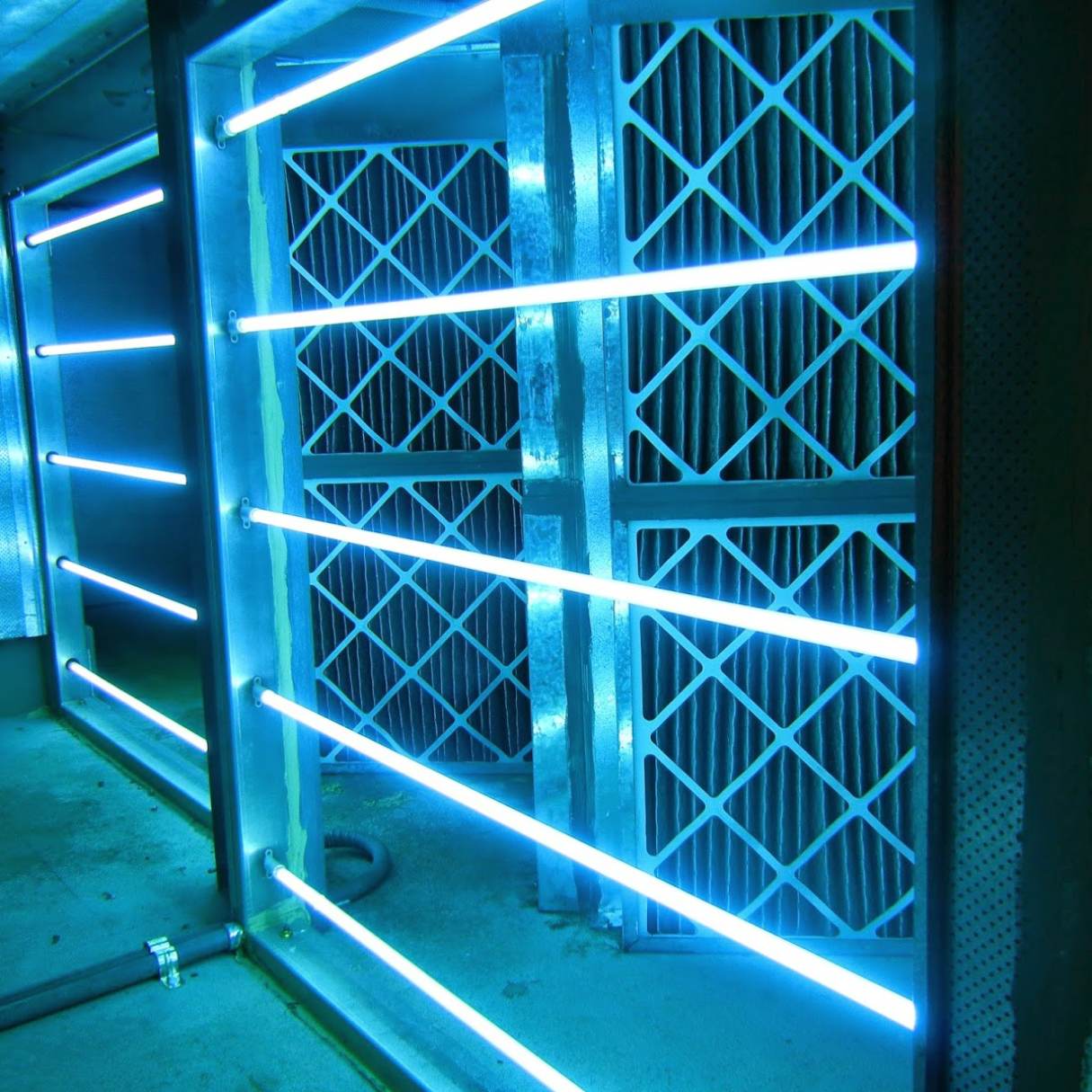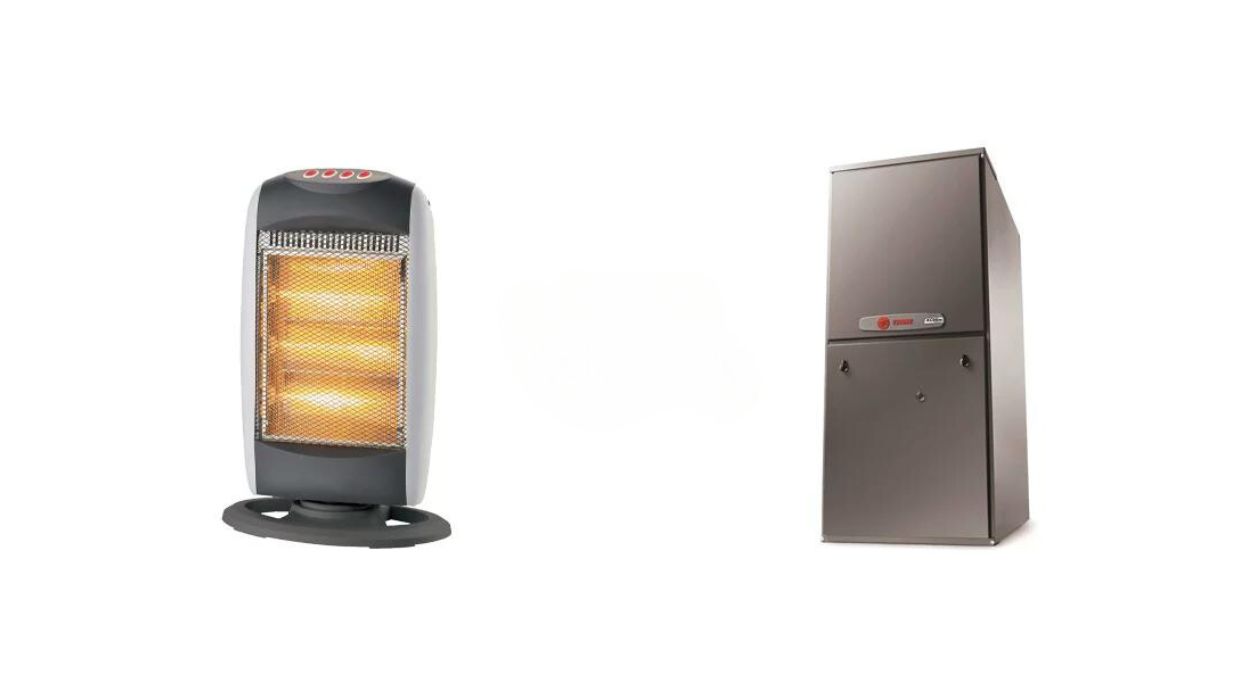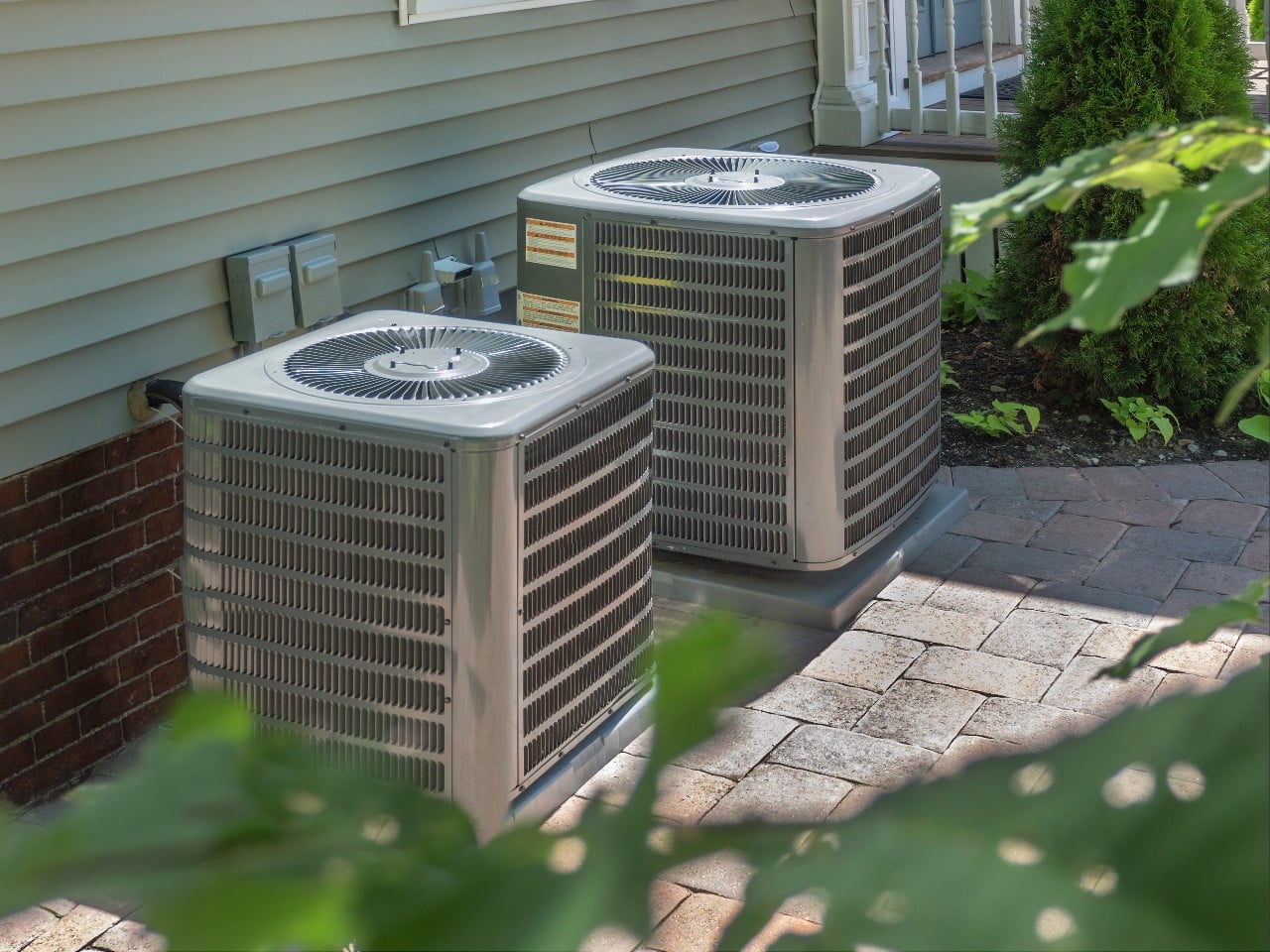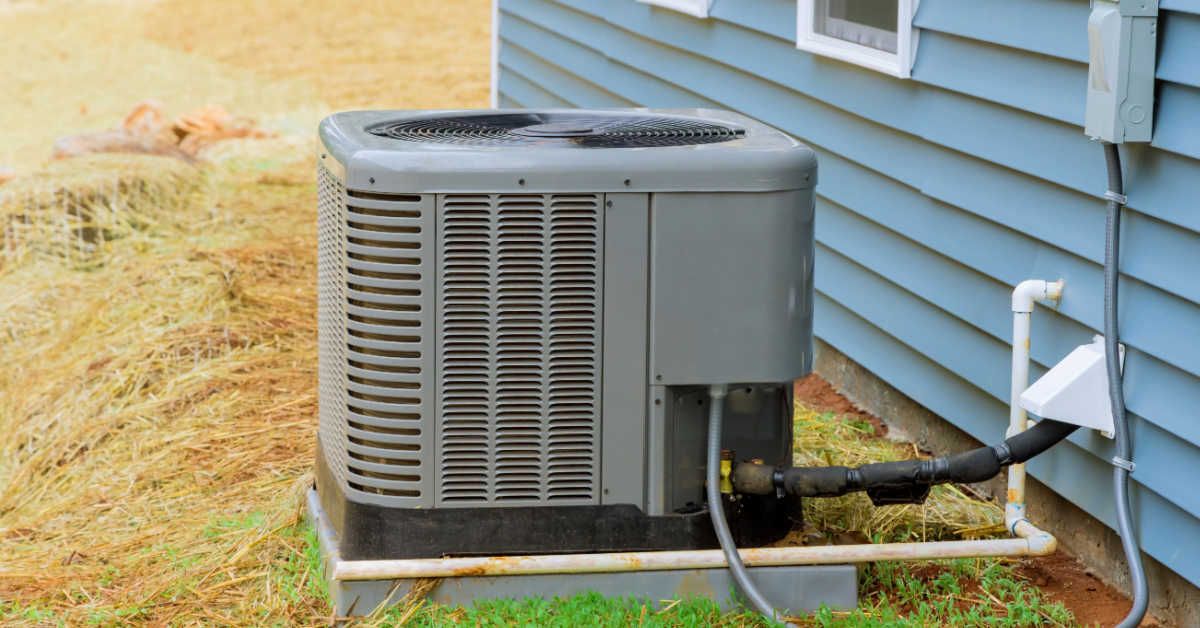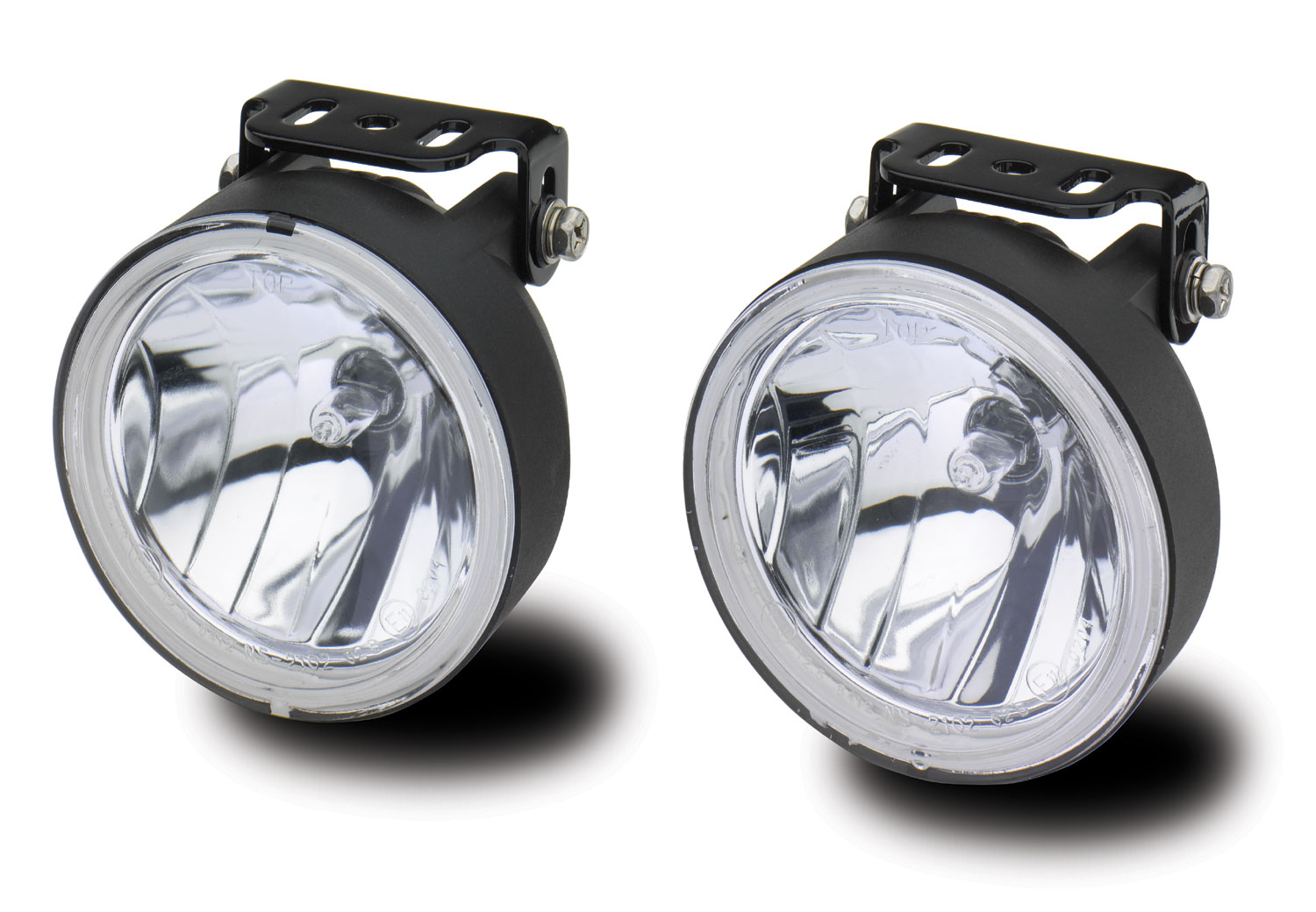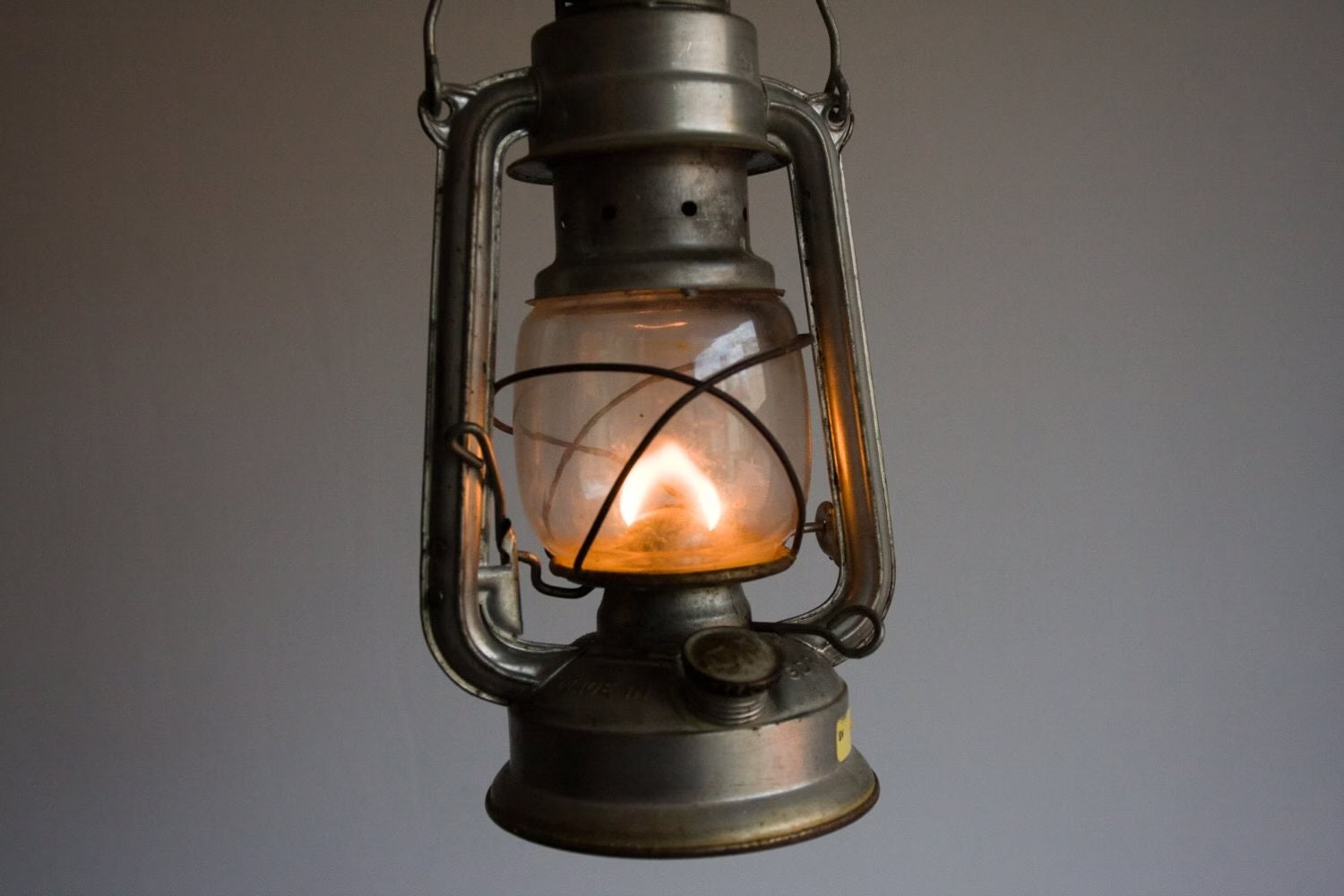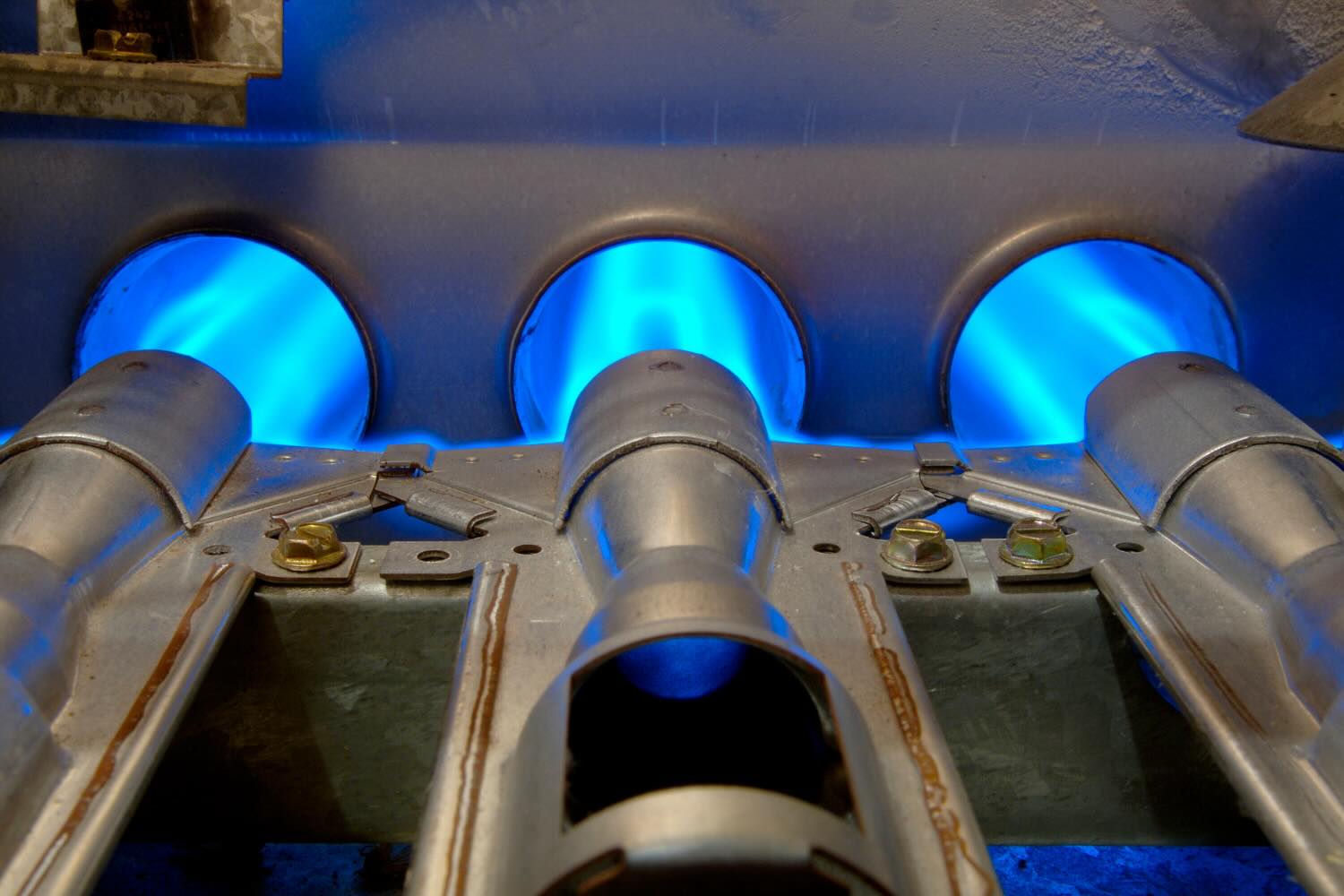

Furniture
What Is A UV Lamp On A Furnace
Modified: December 7, 2023
Discover the benefits of a UV lamp on a furnace for furniture preservation. Enhance indoor air quality and reduce allergens with this innovative technology.
(Many of the links in this article redirect to a specific reviewed product. Your purchase of these products through affiliate links helps to generate commission for Storables.com, at no extra cost. Learn more)
Introduction
Welcome to the world of furnaces! When it comes to ensuring a comfortable and healthy environment in your home, having a properly functioning furnace becomes crucial. However, did you know that there are additional components that can enhance the performance and efficiency of your furnace? One such component is a UV lamp.
UV lamps, short for Ultraviolet lamps, are becoming increasingly popular in the world of furnaces. These lamps utilize ultraviolet light technology to eliminate bacteria, mold, and other harmful microorganisms in the air, offering a range of benefits for both your health and the efficiency of your heating system.
In this article, we will dive deeper into the concept of UV lamps on furnaces, exploring their benefits, working principles, installation process, and maintenance requirements. By the end, you’ll have a comprehensive understanding of how UV lamps can improve the air quality in your home and optimize the performance of your furnace.
So, let’s shed some light on the unique features and advantages of UV lamps on furnaces!
Key Takeaways:
- UV lamps on furnaces utilize UV-C light to eliminate harmful microorganisms, improving indoor air quality, energy efficiency, and equipment lifespan. They offer a range of benefits for a healthier and more comfortable home environment.
- Proper installation, maintenance, and timely replacement of UV lamps are essential for optimal performance. Consult a professional HVAC technician to ensure correct installation and adherence to safety guidelines for maximum benefits.
Read more: What Wattage Should A UV Lamp For Resin Be
Understanding UV Lamp
Before delving into the benefits and functionality of UV lamps on furnaces, let’s first understand what UV lamps are and how they work.
A UV lamp is a device that emits ultraviolet light, which falls outside the visible spectrum of light. Ultraviolet light is categorized into three ranges: UV-A, UV-B, and UV-C. The UV-C range, which has the shortest wavelength and highest energy, is the most effective in disinfecting and sanitizing the air.
UV lamps on furnaces are specifically designed to emit UV-C light to eliminate various microorganisms, including bacteria, mold, viruses, and allergens. These lamps are typically installed within the air handling unit of the furnace, where they can directly purify the air as it circulates through the system.
It’s important to note that UV lamps on furnaces are not a new invention. UV technology has been utilized for decades in industries such as healthcare, food processing, and water purification. However, its application in residential heating systems has gained significant attention in recent years due to its proven effectiveness in maintaining clean and healthy air.
The ultraviolet light emitted by these lamps works by disrupting the DNA and molecular structure of microorganisms, rendering them unable to replicate and causing their eventual demise. By eliminating harmful bacteria and mold, UV lamps help to reduce the risk of respiratory issues, allergies, and other health problems associated with poor indoor air quality.
Furthermore, UV lamps on furnaces are not only beneficial for your health but also for the overall performance and efficiency of your heating system. By keeping the air handling unit and evaporator coils clean, the lamps prevent the buildup of unwanted debris and promote better heat transfer, resulting in improved energy efficiency and prolonged equipment life.
Now that we have a basic understanding of UV lamps, let’s explore the numerous benefits they offer when installed on furnaces.
Benefits of UV Lamps on Furnaces
UV lamps on furnaces offer a wide range of benefits that contribute to both your health and the efficiency of your heating system. Let’s take a closer look at some of the key advantages:
- Cleaner and healthier indoor air: The primary advantage of UV lamps on furnaces is their ability to effectively eliminate bacteria, mold, viruses, and allergens from the air. By sterilizing these microorganisms, UV lamps help create a cleaner and healthier indoor environment, reducing the risk of respiratory issues and allergies.
- Improved energy efficiency: By keeping the air handling unit and evaporator coils clean, UV lamps prevent the accumulation of dirt, dust, and debris. This leads to improved heat transfer and airflow, allowing your furnace to operate more efficiently and potentially reducing energy consumption.
- Extended equipment lifespan: The buildup of dirt, mold, and other contaminants on the components of your furnace can cause unnecessary strain and damage to the system. UV lamps help to keep these components clean, reducing the likelihood of breakdowns and extending the lifespan of your furnace.
- Reduced maintenance requirements: With UV lamps on your furnace, you can minimize the need for regular cleaning and maintenance of the air handling unit and evaporator coils. This saves you time and effort, making your heating system more convenient and hassle-free.
- Prevention of musty odors: Mold and mildew growth in your furnace can result in unpleasant musty odors circulating throughout your home. UV lamps effectively destroy these microorganisms, eliminating the source of the odor and keeping your indoor air smelling fresh and clean.
- Enhanced air quality for allergy sufferers: If you or your family members suffer from allergies, UV lamps on furnaces can significantly improve your quality of life. By targeting common allergens such as mold spores and dust mites, these lamps help reduce allergy symptoms and create a more comfortable living environment.
- Improved overall air circulation: By eliminating contaminants and maintaining clean components, UV lamps promote better air circulation within your heating system. This helps distribute warm air evenly throughout your home, ensuring consistent comfort in every room.
These are just a few of the many benefits that UV lamps can provide when installed on furnaces. By incorporating this technology into your heating system, you can enjoy cleaner air, improved energy efficiency, and a healthier living environment.
Working Principle of UV Lamps on Furnaces
To understand the working principle of UV lamps on furnaces, we need to explore how ultraviolet light effectively eliminates microorganisms.
UV lamps on furnaces emit UV-C light, which has a wavelength of approximately 200 to 280 nanometers. This range of ultraviolet light is highly efficient at damaging the DNA and molecular structure of microorganisms, rendering them unable to multiply and causing their ultimate destruction.
When the UV-C light is emitted by the lamps, it penetrates the air passing through the heating system. As the air circulates, it comes into contact with the microorganisms present, including bacteria, viruses, mold, and allergens. The exposure to the UV-C light disrupts the genetic material of these microorganisms, inhibiting their ability to reproduce.
By breaking down the DNA and molecular structure, the UV-C light destroys the microorganisms and prevents them from spreading throughout the air in your home. This significantly reduces the risk of respiratory issues, allergies, and other health problems associated with poor indoor air quality.
It’s important to note that UV lamps on furnaces are typically installed in strategic locations within the heating system. The most common placement is near the air handling unit and evaporator coils. This positioning ensures that the UV-C light directly irradiates the air passing through these components, maximizing the effectiveness of the lamps.
One key consideration when it comes to the working principle of UV lamps on furnaces is the exposure time required for effective sterilization. The microorganisms need to be in close proximity to the UV-C light for a certain period to receive a sufficient dose of radiation and be fully neutralized. The specific exposure time may vary based on factors such as lamp intensity, airflow rate, and the concentration of microorganisms in the air.
It’s worth noting that UV lamps on furnaces work continuously, meaning they operate even when your heating system is not actively providing heat. This ensures that the air circulating through your home is consistently purified and free from harmful microorganisms.
In summary, the working principle of UV lamps on furnaces revolves around the emission of UV-C light to neutralize bacteria, viruses, mold, and allergens. By breaking down the genetic material of these microorganisms, the lamps effectively sterilize the air passing through the heating system, creating a cleaner and healthier indoor environment.
Make sure to regularly clean the UV lamp on your furnace to maintain its effectiveness in killing mold and bacteria. Check the manufacturer’s instructions for the recommended cleaning schedule.
Installation Process of UV Lamps on Furnaces
The installation of UV lamps on furnaces generally involves a few key steps to ensure proper positioning and functionality. Although it is recommended to consult a professional HVAC technician for the installation process, here is a general overview of how UV lamps are installed on furnaces:
- Evaluation: The first step in the installation process is to evaluate your furnace system and determine the most suitable location for the UV lamps. This is typically near the air handling unit or the evaporator coils, where the lamps can have direct exposure to the air circulating through the system.
- Power Supply: Once the appropriate location is identified, the next step is to ensure that there is a power supply available for the UV lamps. Some furnaces may have a dedicated power source for accessories like UV lamps, while others may require additional electrical work to connect the lamps to the main power supply.
- Mounting: The UV lamps are then mounted in the designated location using brackets or other mounting hardware. It is essential to follow the manufacturer’s instructions for proper placement and secure attachment. This ensures that the lamps remain stable and effectively irradiate the air passing through the furnace system.
- Wiring: The UV lamps need to be connected to the power supply in order to function. This involves running wires from the lamps to the designated electrical connection point on the furnace system. It is crucial to carefully follow the wiring instructions and ensure proper insulation and grounding to comply with safety standards.
- Testing: Once the installation is complete, it is important to test the UV lamps to ensure they are functioning correctly. This involves turning on the furnace system and checking if the lamps emit the desired UV-C light. It may be necessary to make adjustments or perform additional checks to ensure optimal performance.
It is worth mentioning that the installation process may vary depending on the specific UV lamp model and the configuration of your furnace system. Therefore, it is essential to refer to the manufacturer’s instructions and consult with a qualified HVAC technician to ensure proper installation and adherence to safety guidelines.
It is also important to note that maintenance and periodic inspection of UV lamps may be required to ensure optimal performance. This can include cleaning the lamps and checking for any signs of damage or malfunctioning. Regular maintenance will help extend the lifespan of the lamps and ensure they continue to effectively eliminate microorganisms from the air.
By following the proper installation process and conducting routine maintenance, you can maximize the benefits of UV lamps on your furnace system and enjoy cleaner, healthier indoor air.
Read more: What Does A UV LED Nail Lamp Do
Maintenance and Replacement of UV Lamps on Furnaces
Maintenance and periodic replacement of UV lamps on furnaces are vital to ensure their optimal performance and longevity. Here are some key guidelines to follow:
- Cleaning: Regular cleaning of UV lamps is essential to remove any dirt, dust, or debris that may accumulate on the lamp surface. Use a soft cloth or a non-abrasive cleaning solution recommended by the manufacturer. Ensure that the lamps are switched off and cooled down before cleaning, and always follow the safety precautions outlined in the manufacturer’s instructions.
- Inspection: Periodically inspect the UV lamps to check for any signs of damage or wear. Look for cracks, discoloration, or flickering. If you notice any abnormalities, it may be necessary to replace the lamp or consult a professional HVAC technician for further evaluation.
- Replacement: UV lamps have a limited lifespan and will need to be replaced according to the manufacturer’s recommendations. Most UV lamps have an average lifespan of 9,000 to 12,000 hours, which is typically around one year of continuous use. It is crucial to replace the lamps promptly to ensure the continued effectiveness of your furnace’s air purification system.
- Scheduling: Create a maintenance schedule to remind yourself when it’s time to clean or replace the UV lamps. This will help you stay on top of the required maintenance tasks and ensure that the lamps are consistently operating at their full potential.
- Professional Inspection: While regular maintenance can be done by homeowners, it is advisable to have a professional HVAC technician inspect the UV lamps and the overall functioning of the furnace system at least once a year. They can expertly assess any issues, perform thorough cleaning, and recommend any necessary replacements or repairs.
Remember, the effectiveness of your UV lamps on improving indoor air quality relies on their proper maintenance and timely replacement. Neglecting these maintenance tasks may result in reduced performance, decreased efficiency, and potential health risks due to ineffective purification of microorganisms.
It’s also important to note that some UV lamp models come with built-in indicators that signal when the lamp needs to be replaced. These indicators can be based on factors such as lamp life, intensity levels, or other measurement techniques. Monitoring these indicators can help you determine when it’s time to replace the lamp.
Lastly, always refer to the manufacturer’s instructions for specific maintenance and replacement guidelines for your UV lamps. Each lamp model may have its own requirements and specifications, so it’s essential to follow the recommended procedures to ensure the best performance and longevity of your UV lamps on your furnace system.
Conclusion
UV lamps on furnaces offer numerous benefits for both your health and the efficiency of your heating system. By effectively eliminating bacteria, mold, viruses, and allergens from the air, these lamps create a cleaner and healthier indoor environment. Additionally, UV lamps help improve energy efficiency, extend the lifespan of your furnace, and reduce maintenance requirements.
The working principle of UV lamps revolves around the emission of UV-C light, which disrupts the DNA and molecular structure of microorganisms, rendering them unable to multiply. The installation process involves evaluating the furnace system, ensuring a power supply, mounting the lamps, and proper wiring. Regular maintenance, including cleaning and inspection, is crucial to ensure optimal performance. UV lamps have a limited lifespan and should be replaced according to the manufacturer’s guidelines.
In conclusion, incorporating UV lamps into your furnace system can significantly enhance the air quality in your home. By investing in this technology, you not only create a healthier living environment but also improve the energy efficiency and longevity of your heating system.
Remember, it is important to consult with a professional HVAC technician for the proper installation, maintenance, and replacement of UV lamps on your furnace. They will have the expertise and knowledge to ensure that the lamps are installed correctly and functioning optimally.
So, take a step toward cleaner and healthier indoor air by considering UV lamps for your furnace system. Enjoy the benefits of improved air quality and enjoy the peace of mind that comes with a more efficient and long-lasting heating system.
Frequently Asked Questions about What Is A UV Lamp On A Furnace
Was this page helpful?
At Storables.com, we guarantee accurate and reliable information. Our content, validated by Expert Board Contributors, is crafted following stringent Editorial Policies. We're committed to providing you with well-researched, expert-backed insights for all your informational needs.

